Guest post by Kerrie
As a vegan and wine lover, I’ve long struggled to find good information about wine pairing rules and specific tips for vegan meals. I also noticed that vegan and vegetarian food seemed like an afterthought to most wine aficionados. I wanted to change that by making plant-based meals and wine more accessible, so I founded Plant & Vine. This means that I get to taste wines from around the world through kitchen explorations and wine classroom studies, and bring all of the deliciousness your way.

What are wine fining agents, and what do they do?
Before we dive into wine pairing and plant-based meals, there’s an important caveat about vegetarian and vegan wine. Wine is fermented grape juice. Yeast converts the grape juice sugars into alcohol. Sounds like a straightforward path to vegan wine drinking bliss, right? Unfortunately, it is not quite that simple.
Modern wine drinkers usually prefer their wines to be clear, bright, and sediment-free. Young wine, on the other hand, is often hazy and contains sediment. There are two ways to solve the haziness problem:
1) give the wine enough time in the bottle for everything to settle out or
2) filter and fine the wines until they’re clear.
Because most wineries need the revenue from their wines and can’t wait years for them to clear up naturally, they choose the second option. Historically speaking, fining agents were animal-based; egg whites, fish swim bladder, and crustacean shells are all examples. Most of these fining agents are filtered out in the final production of the wine but it’s impossible to get them all out, rendering the wine non-vegan or non-vegetarian.
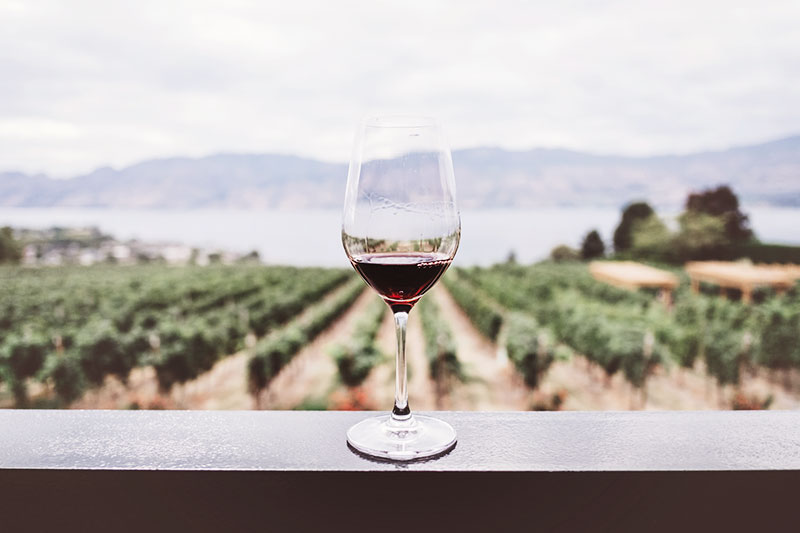
Luckily, some winemakers create vegetarian and vegan wines by using an plant-based fining agent or allowing the wine to self-clarify over a longer period of time. In an ideal world, vegan wine would be clearly labeled. Some winemakers choose to voluntarily include this information but the vast majority don’t label ingredients, so you need to be clever and determined to find it. You can look for “unfined” on the label, consult the wonderful vegan beverage guide the Barnivore, or talk to your local wine shop for their recommendations.
Now that we’ve got the basics of vegan wine down, let’s dive into some wine pairing fundamentals.
The five core characteristics of wine
Wines have five core characteristics: sweetness, acidity, tannin, alcohol, and body. The goal of a great wine pairing is to balance the wine’s qualities with the food’s qualities in a way where each supports and brings out the good qualities in the other. There are lots of different pairings for every dish and every wine. The fun part of learning about wine is developing your taste and senses so you decide what tastes best to you.

It’s important to understand the five fundamental characteristics of a wine so you can think about how it will interact with food:
- Sweetness: Wine can range from bone dry to sweet. Most reds and whites will be dry to off dry with dessert, Noble Rot, and ice wines dominating the sweet side of the spectrum.
- Acidity: Acidity is responsible for the perceived tartness or crispness in wine. You can judge acidity by the amount your mouth waters after you swallow. High acid wines produce lots of saliva.
- Tannin: Tannins are found in grape skins and seeds. Red wine has tannins whereas white wine does not. Tannins create a mouth-drying feeling on the tongue or gums and are the culprits for bringing texture and grip to your tasting experience.
- Alcohol: Alcohol adds body to wines, so bigger bodied wines typically have a higher alcohol content. Alcohol also registers as a slight burning sensation as you drink.
- Body: The difference between a light and full-bodied wine is similar to the difference between skim and full milk. White wines tend to be less full-bodied.
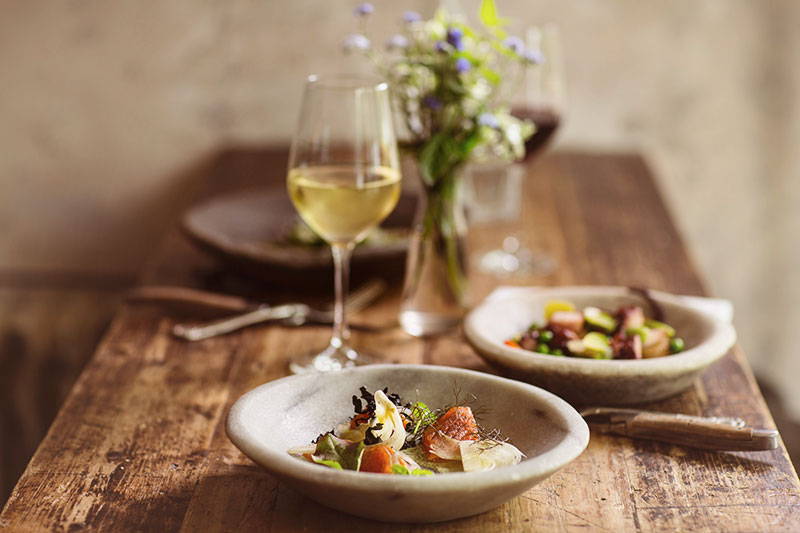
Wine pairing and plant-based meals
Now that we know the basic characteristics of wine, here are some tips on how to utilize them in your food pairings:
- Pair acidic foods with high-acid wines:
- Balsamic vinaigrette and tomato-based sauces in Italian food
- Try high tannin reds or high acid whites with rich foods:
- Nut-based sauces, macaroni and Vegan cheese, vegan cheesecake, and curries
- Don’t make your wine compete with spicy food. Match with low alcohol or sweet wines:
- Salsa, spicy curries, hot sauce, and horseradish-based sauces
- Bitter foods and tannic wines aren’t friends. Go low to no-tannin or sweet wines:
- Kale, grapefruit, arugula, and dark chocolate
- Find a sweeter wine than your sweet food:
- Cakes, cookies, fudge, milk chocolate, and ice cream
- Salty food is friendly with wine. Try acidic or fruity wines:
- Popcorn, pretzel, mixed nuts, and tortilla chips
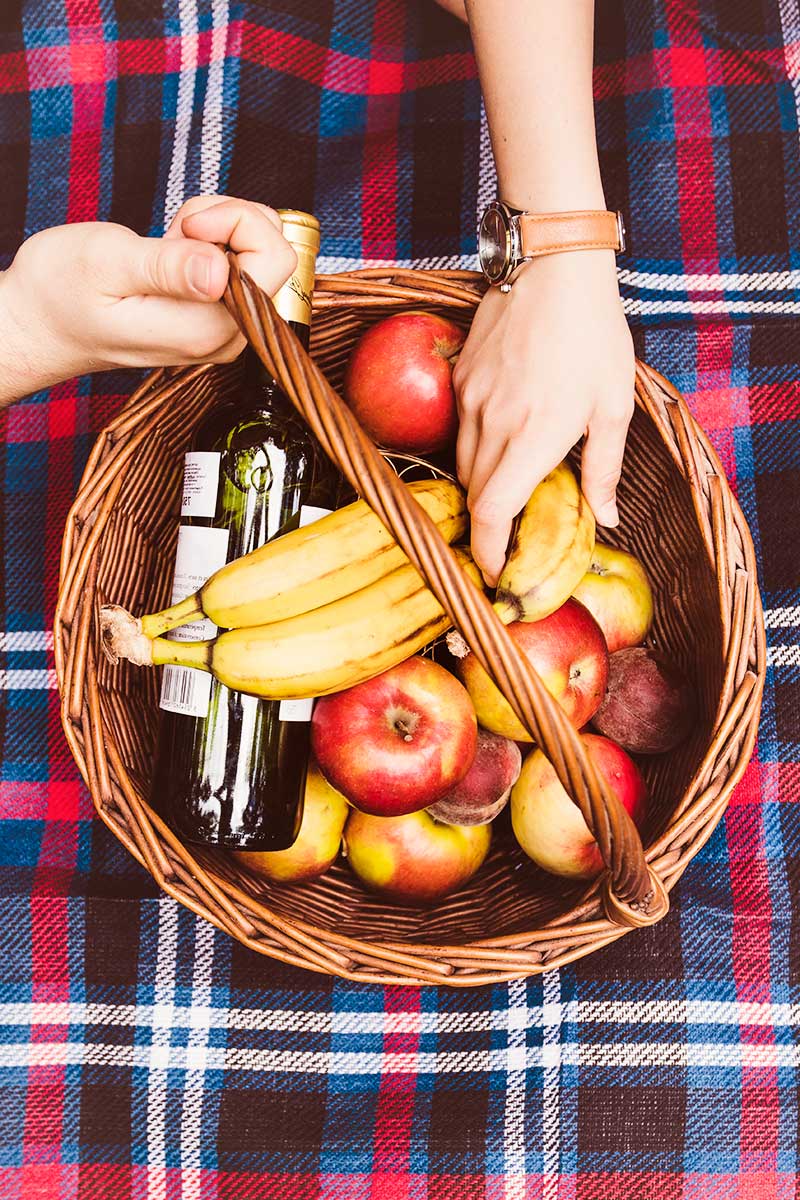
These tips should get you started. If you want to learn more about wine pairing, check out my guide to wine pairing with vegan and vegetarian food. Cheers!
![]()
 About Kerrie at Plant & Vine
About Kerrie at Plant & Vine
Kerrie is a photographer, wine nerd, and lifelong learner—currently spending evenings in photography classes and studying for the Wine Spirit Education Trust Level III exam.
She has never been satisfied with following a recipe word-for-word and prefers the surprises that emerge when veering from suggestion.
After being diagnosed with breast cancer at age 30, Kerrie began following a plant-based diet and hasn’t looked back since.
Where to find Kerrie: website | Facebook | Instagram | Pinterest
![]()
Thank you so much Kerrie, this was an incredible post that fills a gap in my knowledge and here on Seven Roses. Finally, I will be able to serve wine together with my meals, especially now that the holidays are close and entertaining will be at its apex :-)
I hope you’ve all enjoyed this post as much as I did, don’t hesitate to leave Kerrie a comment and to visit her very informative website.
Also, don’t forget to pin this post to share the love ♥
I wish you a love-filled day xoxo
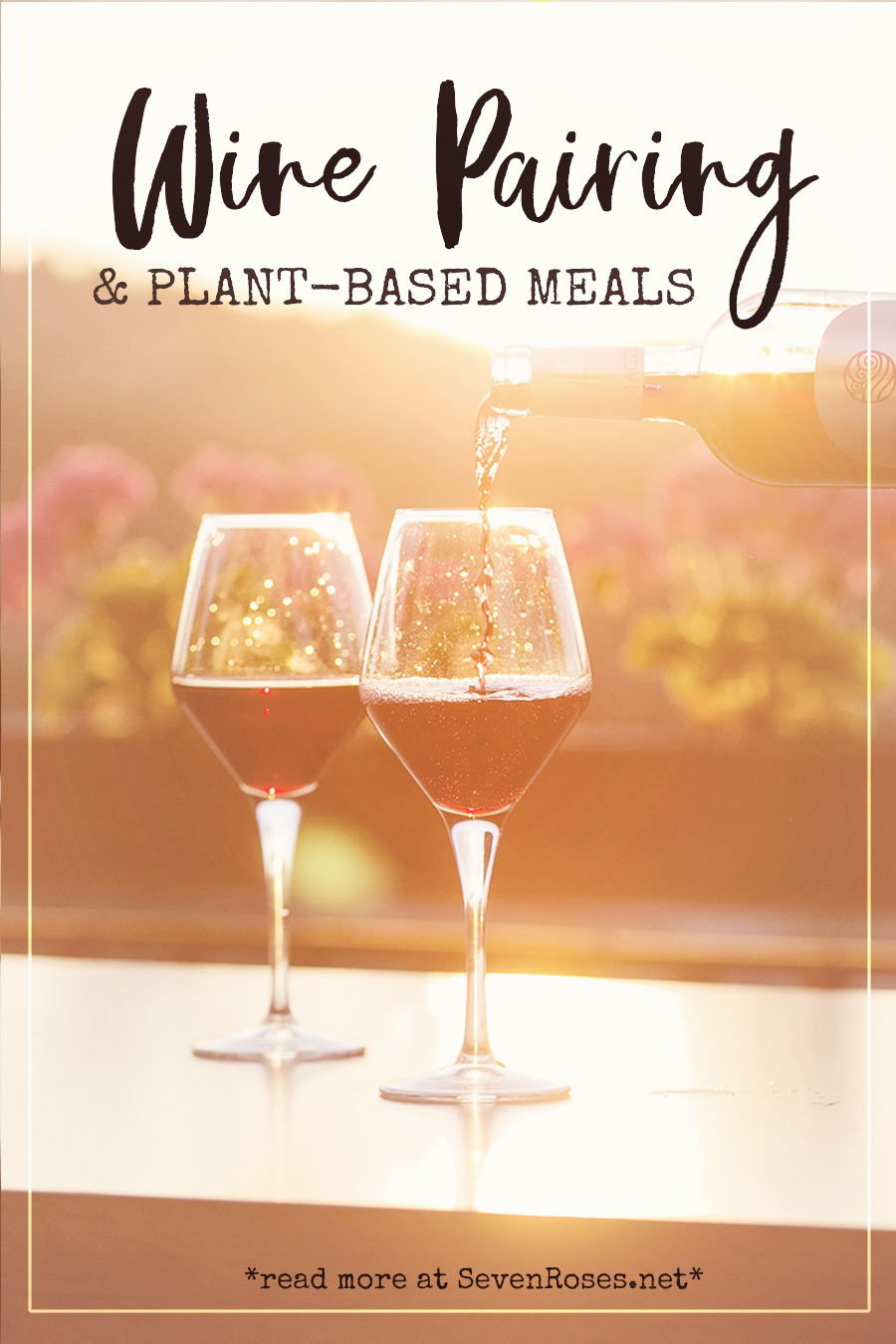
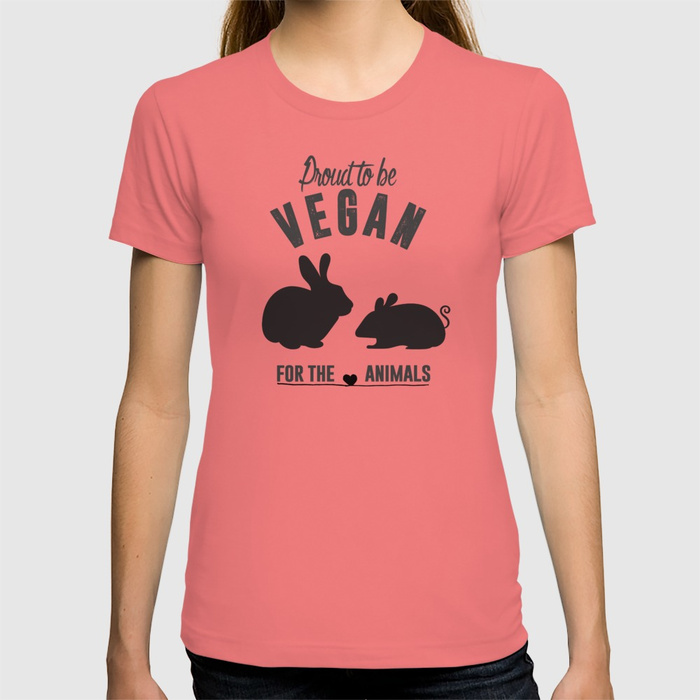 10% goes to an Animal Charity of your choice!
10% goes to an Animal Charity of your choice!








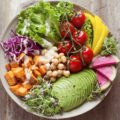



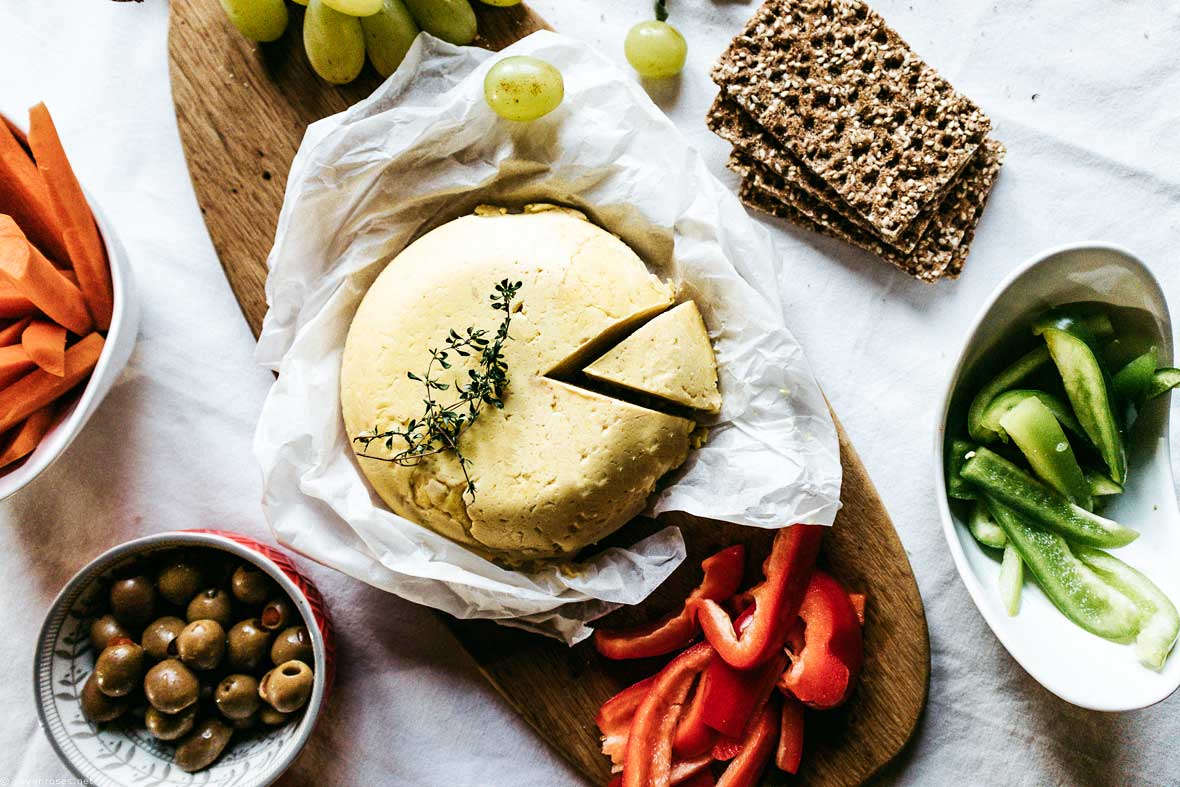
Loved this post! My husband and I love wine and although neither of us are vegans, I do love learning about wine pairing with any and all types of meals, including plant-based meals. Thanks for sharing!